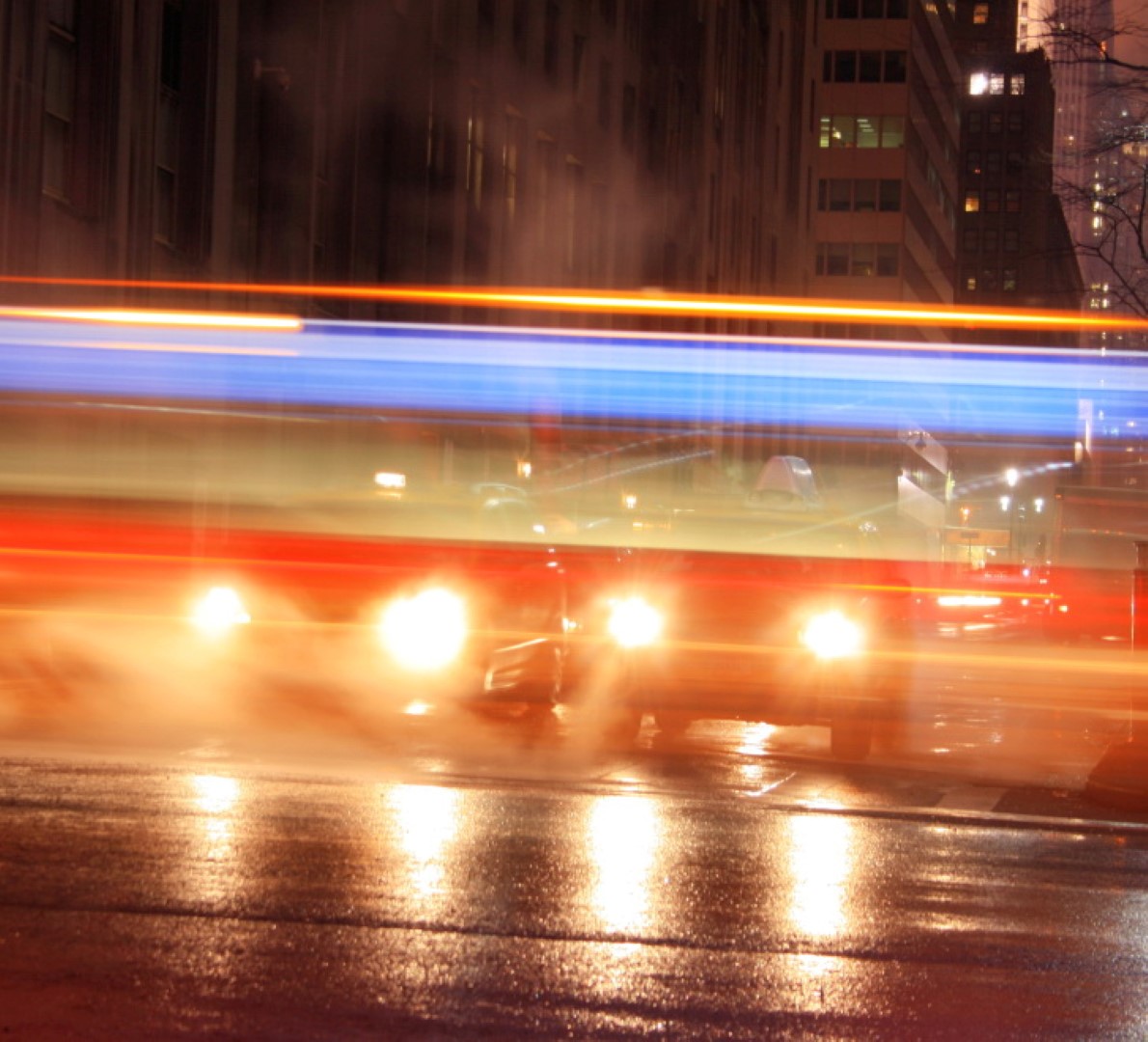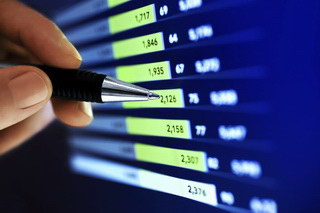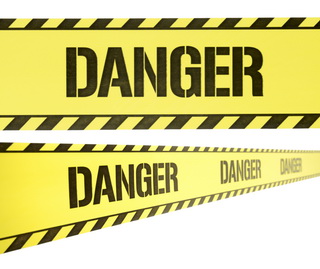Night Driving. “Are you driving faster than the distance your headlights can see?”
“What’s a safe night driving speed on a roadway posted 60 miles per hour?” Well, as we experienced drivers tell new drivers, “That depends.”
Why? Because, while driving less than 60mph at night may prevent a ticket, operating ‘safely for conditions,’ trumps abiding by posted speeds with both law enforcement and juries. So, should an accident occur and a jury need to decide if we've over-driven or driving faster than the distance our headlights can see, they will be attempting to determine if 60mph was a safe speed in the 60mph zone.
Night driving is a complex visual-motor task for which few of us appreciate the science, and is very different than daytime driving. Why? Because eyes see very differently in daylight than at night. Driving speeds deemed safe during the day drastically drop at night as the neuro-conspicuity of objects drops proportionately with the decreasing visual contrast and spatial frequencies of low light luminance. Drivers too often fail to account for these reductions.
Standard visual acuity and visual field tests chiefly evaluate eye perception associated with daytime driving, but they aren’t a good assessment of nighttime visual acuity for accident avoidance. Why? Acuity and visual field measurements are light-driven functions, but yield to matters of useful field of view, visual search, spatial resolution and stereoscopic depth perception as luminance decreases. In aggregate, these factors translate into ‘conspicuity’ for forensic engineering purposes, which also incorporate physio-neurological measurements of central processing time, decision making and reaction time to determine ‘perception reaction time’ (PRT). Add mechanical braking calculations to the mix, and enter the science of accident avoidance. So, what is the safe night driving speed to drive on the roadway posted 60mph? Answer: slowly enough that the total distance travelled during perception- reaction time plus braking distance is less than visibility distance afforded by one’s headlights. So, to calculate safe driving speed, one must know that low beams shine down and rightwards, often to distances of 250’ feet, but, vary with equipment and conditions, and that at 60mph, one is travelling roughly 88 feet per second, a velocity which one can approximate by multiplying mph times 3 and dividing by 2. (FPS = MPHX3/2). One must also know that braking deceleration averages 21.33 FPS-2 under optimal conditions, which translates into 238ft of mechanical stopping distance at 60mph. In aggregate, this all means that my 250ft headlight projection is barely greater than my braking distance at 60 mph and night, and affords a mere 1/10th second reaction time to roadway dangers. Can one react with 1/10th second? Probably not, which means that a jury could well find you driving faster than what is ‘safe.’ While legal arguments and strategies abound in litigating this type of matter, often, determining what speed was ‘safe for conditions’ comes down to forensic engineering calculations in determining perception reaction time. Given the complexity of the science and physics underlying night driving, forensic engineers perform the site and equipment inspections, meteorological research, and engineering calculations to program animations or recreations for witnesses and juries to depict what a driver would have experienced in the roadway condition. The goal? For witnesses to say of the animation, “That’s how it happened,” thereby allowing the jury to see what the driver saw, and decide for itself, if a ‘safe’ speed was being driven.
SOURCES:
1. Charman, W. N. (1997) Vision and driving. Ophthalmic Physiol. Opt. 17, 371–391.
2. Ball et al., 1993; Wood and Troutbeck, 1995;Owsley et al., 1998
3. Shinar et al., 1978; Avolio et al., 1985
4. Sloane et al.,1988; Arumi et al., 1997
5. Allen et al., 1970
6. Fergenson, 1971;Mihal and Barrett, 1976
7. Reaction times as an index of visual conspicuity when driving at night, S. Plainis and I.J. Murray,
Visual Sciences Laboratory, Department of Optometry and Neuroscience, Ophthal. Physiol. Opt. 2002 22: 409–415
Optimal conditions Non-optimal night-time conditions
Speed Thinking Stopping Thinking Stopping Additional
(mph) distance distance distance distance distance
30 9.0 22.6 14.3 27.9 5.3
50 15.0 52.9 23.9 61.8 8.9
60 18.0 72.7 28.7 83.4 10.7
70 21.0 95.4 33.4 107.8 12.4
80 24.0 121.2 38.2 135.4 14.
8. (Owens and Andre, 1996;Owens and Sivak, 1996)
9. Susan Lantz, Ph.D., C.F.E.I.
Submit a case or claim online.
Contact a CED Engineer in you region.






